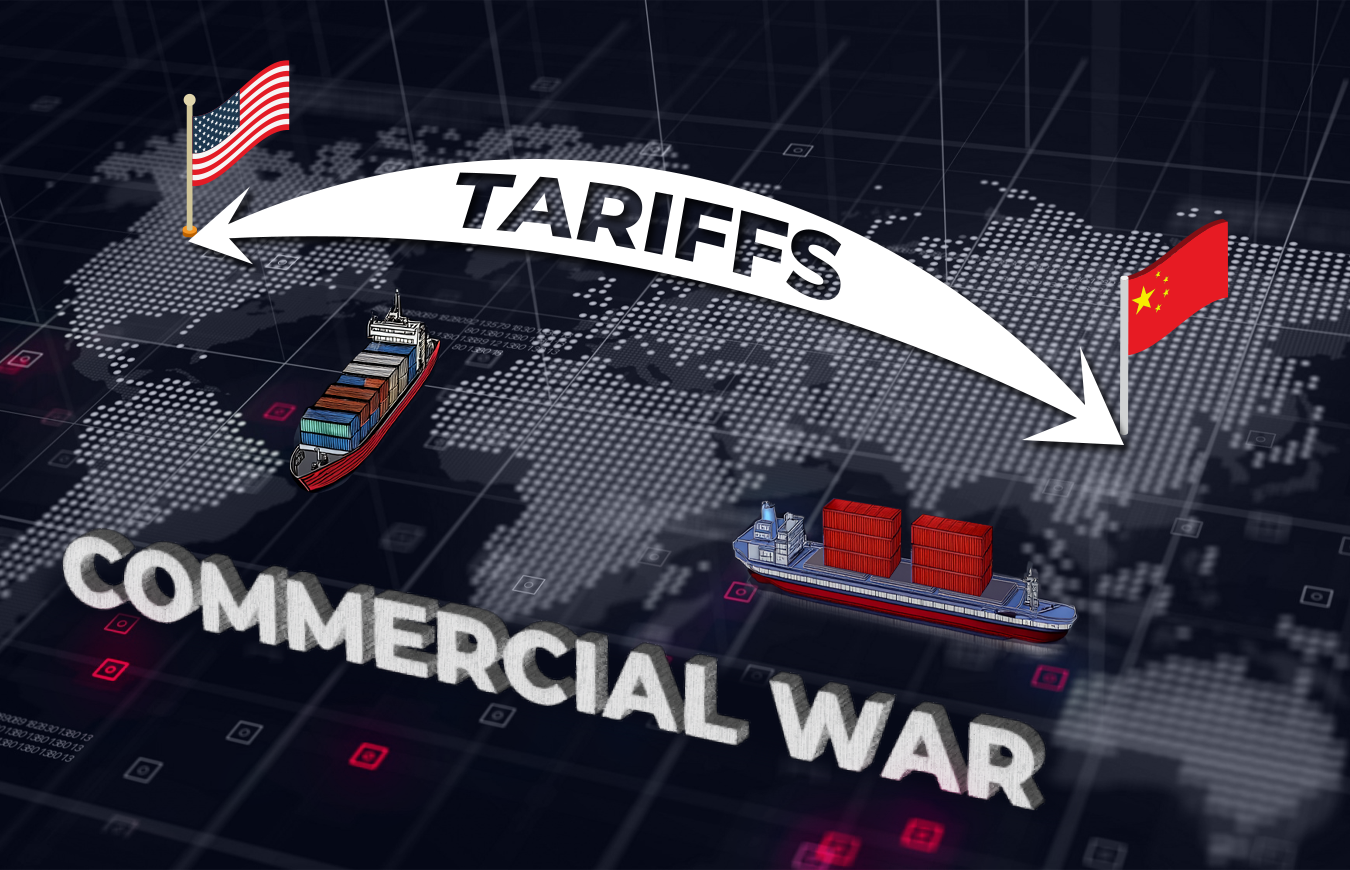The trade war between the United States and China is not a distant issue for Ecuadorian trade. On the contrary, it is already beginning to be felt in several sectors. To better understand this scenario, we talked to representatives of key shipping lines such as MAERSK, CMA, COSCO and WAN HAI LINES, who shared their vision from the field.
Although their positions agree that the direct impact has not yet fully materialized, each offers relevant readings and warnings that importers and exporters cannot ignore.
Maersk provides a strategic perspective. Maersk emphasizes that the trade dispute could open up new opportunities for Latin American exporters, especially in sectors where the United States seeks to substitute Chinese imports.
“We are already seeing a greater openness of U.S. buyers to Latin American products, in areas such as shrimp, flowers and processed wood. This is a window that should be taken advantage of, but with planning: if demand rises fast, the space becomes a bottleneck.”
The shipping line has not modified its main services, to the U.S. East Coast, but warns that in the second half of the year there could be more abrupt occupancy peaks if changes in North American supply chains consolidate.
They recommend exporters:
- Do not rely on a single service provider.
- Book spaces in advance, especially if they operate with reefer or sensitive cargoes.
- Monitor bilateral agreements, as new treaties could redraw the logistics map.
From CMA CGM, the message is one of active caution. The team confirms that, for now, there have been no major variations in rates or connectivity to the United States, either from Asia or South America. However, they stress that they are on alert for early signs of demand slippage, which could emerge if tariff restrictions intensify.
“We are closely monitoring the behavior of flows from China to the U.S. because any restriction or cost increase there could have a domino effect on regional hubs. For the time being, services remain stable, but it is key to monitor how major North American importers react and what decisions they make about the origin of their goods.”
In addition, CMA CGM warns that, if the conflict escalates, certain feeder routes connecting secondary ports to major transshipment hubs, especially in Asia, could be affected. This would make transit times less predictable.
From COSCO, the largest Chinese shipping operator, the message is also one of vigilance, but with its own nuances. “Today, services from Asia to Latin America are operating normally, with no major changes in rates or frequency,” they say.
COSCO commented to us:
“The trade war has not affected us directly, but we are seeing more conservative decisions from importers. This has reduced certain spot volumes, and could lead to itinerary changes if hubs become congested.”
He also added that a key step to not despair in this type of situation is the great planning capacity of the people of China and their oriental patience that characterizes and empowers them for the implementation of their schedules, working very closely with their long-term plans and reorganizing with every change that could affect their projects.
From Wan Hai Lines, the market reading focuses on the decisions of importers, who are acting more cautiously and postponing new orders. This is not only due to the conflict between the United States and China, but also to the local economic and political situation.
“Many customers tell us that they prefer to wait for a little more clarity before importing again in force. The change of government in Ecuador has played a role, but also the feeling that the global environment is not favorable for big moves.”
Even so, the shipping company highlights that Ecuadorian imports grew 17% between February and March of this year, especially in key sectors such as shrimp, which is also gaining traction as a supplier to the United States in the face of the drop in Chinese imports.
Wan Hai advises its customers not to assume that space availability will be the same in the second half of the year:
- “Spaces will not be guaranteed for late bookers.”
- “It’s key to build history with lines now, so that you have priority when the strong season comes.”
Although services remain stable, the shipping lines’ reading suggests that we are at a hinge moment. The conflict has not yet hit full force, but the chips are being moved, and those who anticipate will be able to take advantage.
Both importers and exporters should: - Monitor the evolution of the conflict and U.S. reactions.
- Diversify origins and destinations in their supply chains.
- Secure logistical space in good time.
- Strengthen the relationship with their shipping lines.
In conclusion, the conflict between the US and China does not have a single drastic impact on our region. Rather than worrying, the key is to act: understand the context, anticipate changes and adjust strategy. Trade does not stop, but it does change shape. And in those changes, there are also opportunities for those who know how to look beyond.


